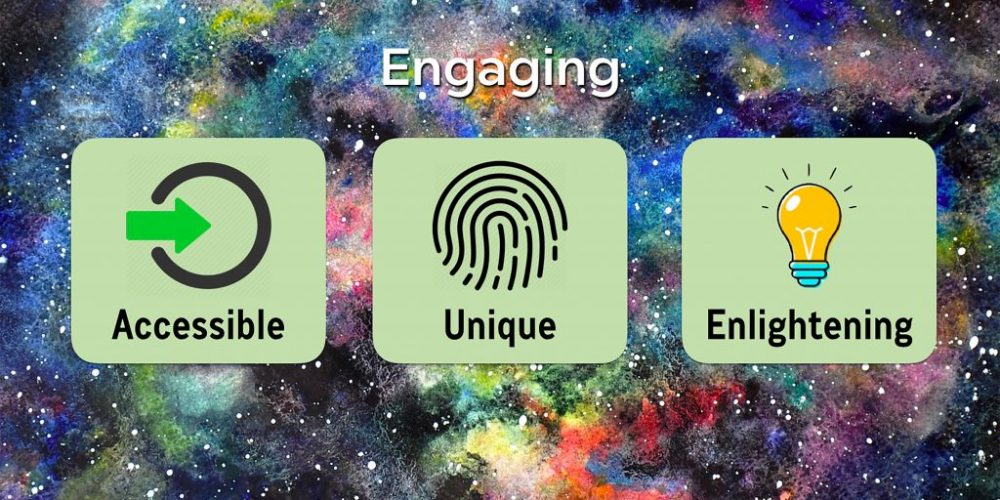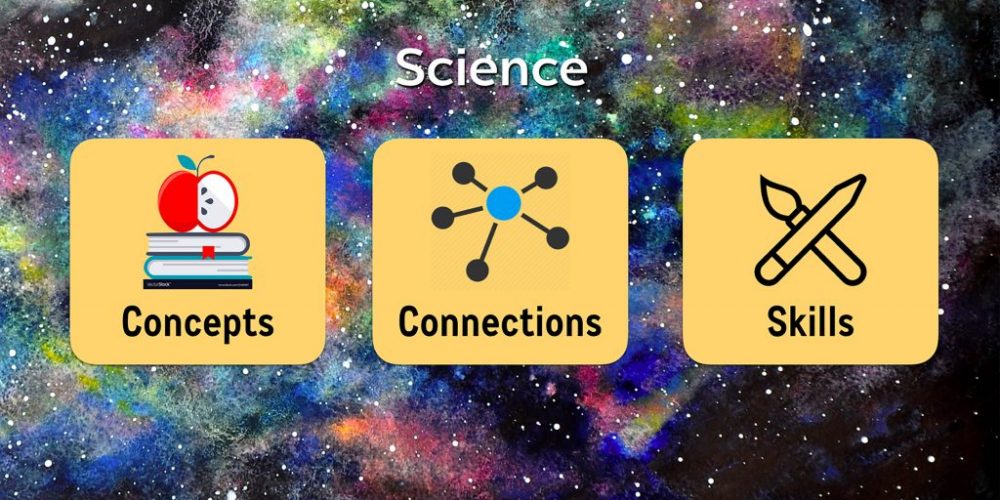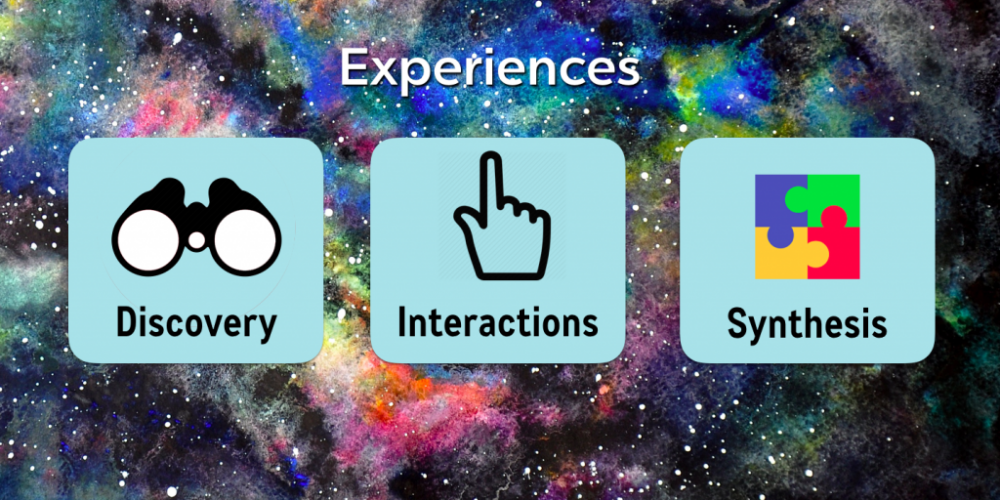
Science Stories
Science Stories
Science explores, describes, and explains natural phenomena. Translating these stories into a form people can enjoy and learn from takes deliberate steps.
Learning Objective: Provide examples of storytelling in science, and select a form of story that you are most likely to learn from over time.
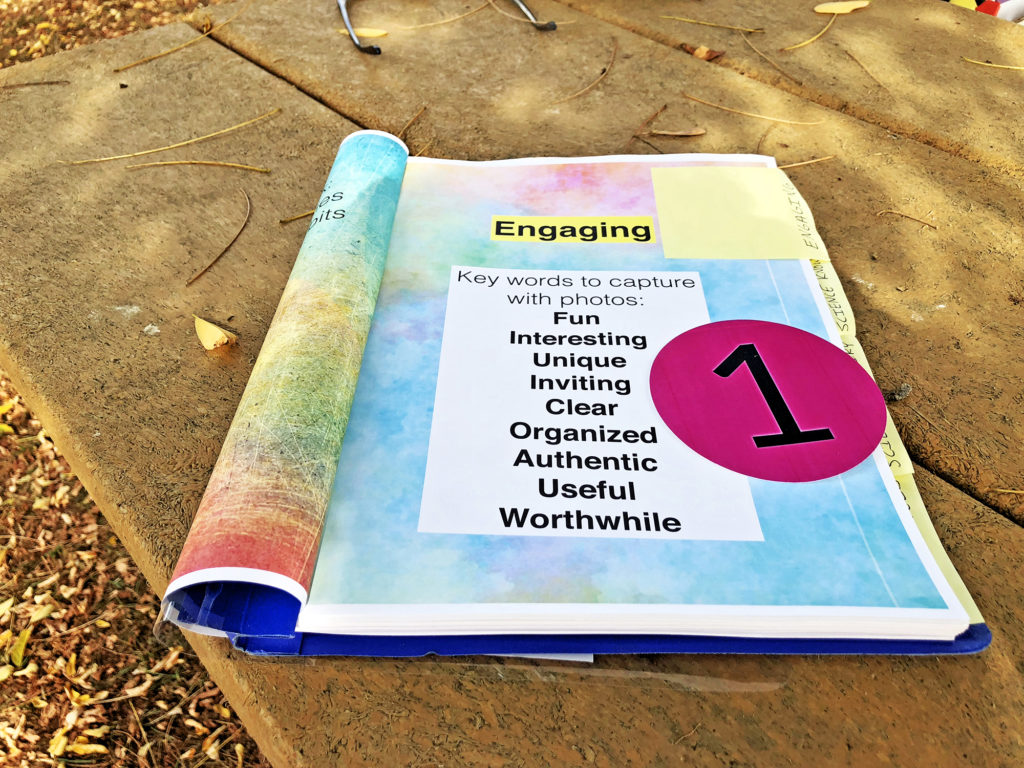
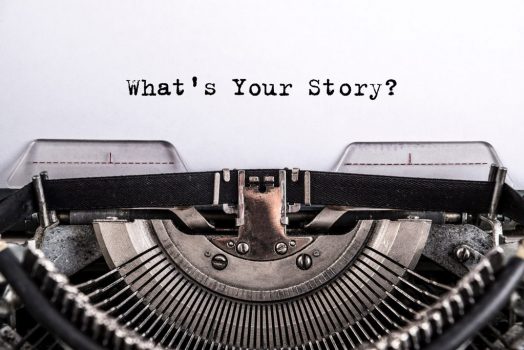
Science stories are used to communicate information in a form that can be understood by people with varied science backgrounds. This form of communication is critical in citizen science and science education. Information needs to be accurate, engaging, and tied to real-world experiences.
You will be creating your own science story for this guide’s media piece.
This video introduces some of the factors to consider while developing a story.
Watch this video; you can select the closed captioning “cc” option if you would like to see the text.
Develop stories that are an engaging science experience.
Select a story form that matches your goals
If you live with or near animals, you have plenty of story possibilities. Our single Triops is an example.
It is six weeks old, one inch end-to-end, and has learned to hover upside down until it is fed. Even though its life span averages eight weeks, it has a broader range of behaviors than we anticipated.
If you look closely, you can see egg sacs. Even though we only have one Triops, this species is hermaphroditic and the eggs can be self-fertilized successfully. The overall red color is hemoglobin protein, the same protein that carries oxygen in our red blood cells.
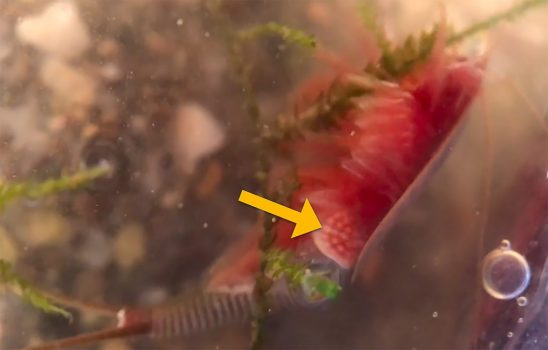
Start Your Media Assignment here
You are creating a science story for this media piece.
-
Select a concept, skill, or connection that you would like to develop into a story. You may want to choose one of the nine course outcomes that you need to fill for the final portfolio. For example, if you need a Biology Connection, you may want to tell a story about a museum or zoo you have visited.
-
Determine how you will make your story an engaging (accessible, unique, and/or enlightening) experience (discovery, interaction, and/or synthesis) for the story’s audience.
-
Select a story form that best fits the engaging science experience you are creating. It could be an exploration, description, explanation, directions, narrative, or persuasive piece. It could also be a combination of these forms.
-
Create your story. It could be all written, a labeled photo essay, a comic strip, mixed media, or whichever form you feel works best for your goals.
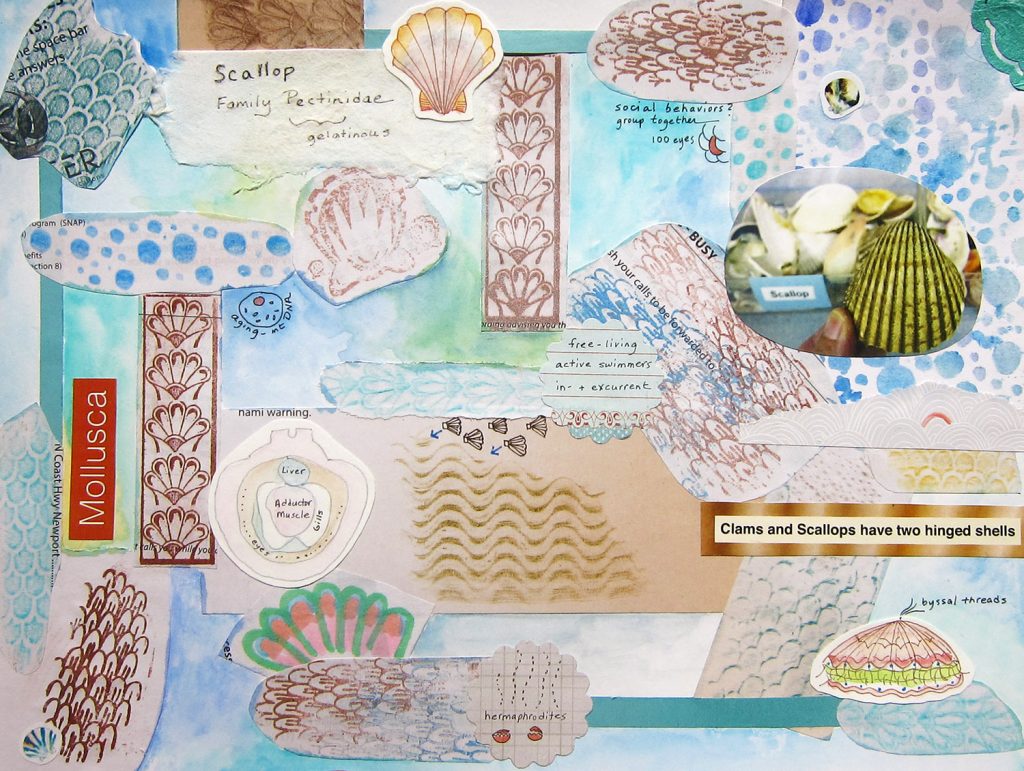
The next section introduces some of the most interesting stories in biology: social animal behaviors.

